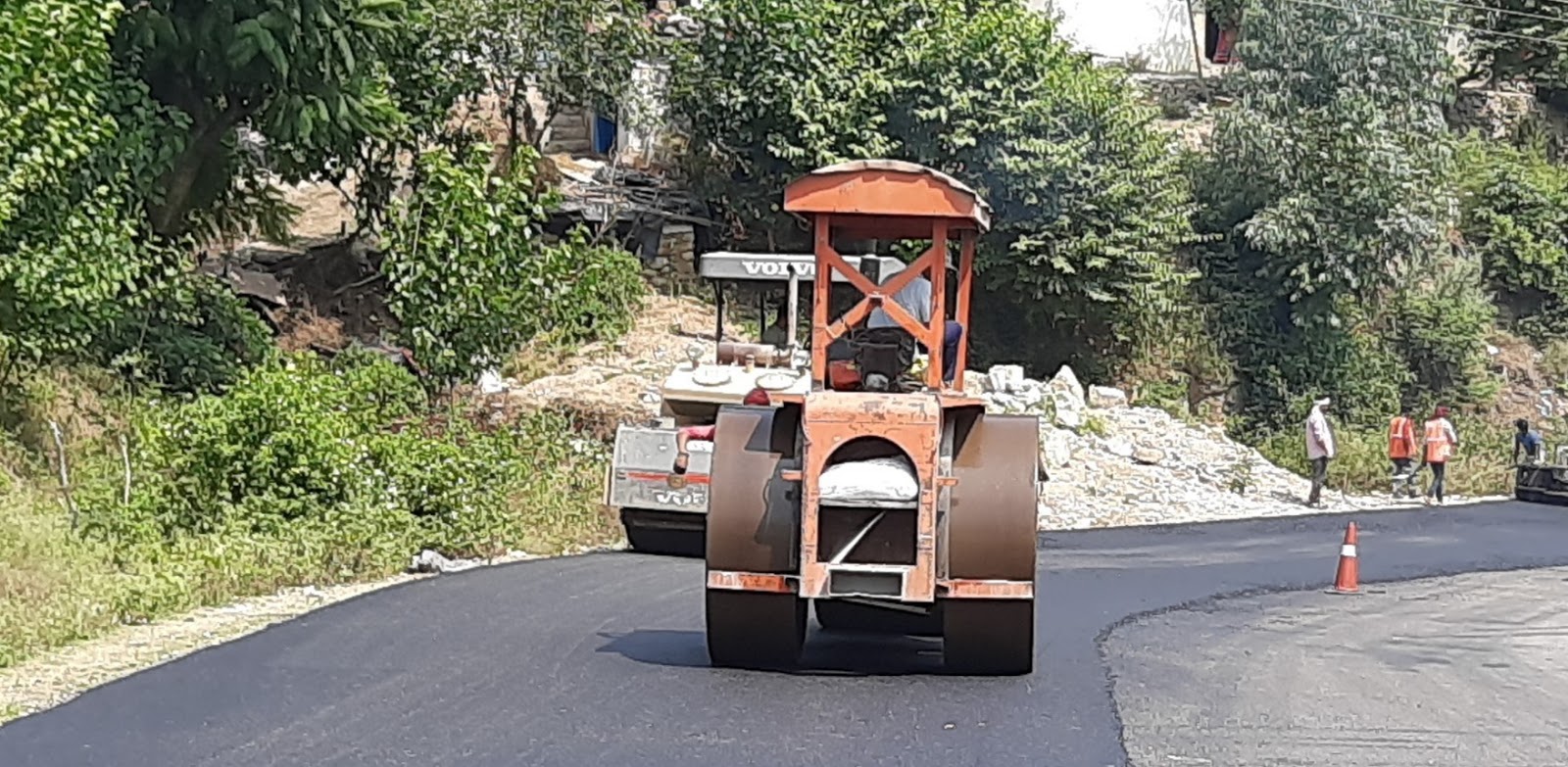Bitumen is the product obtained by fractional distillation of crude petroleum as an end product.
• Bitumen becomes soft at moderate temperatures. It can be modified by heating until it becomes a liquid and then passing air under pressure by which all the volatile compounds in it can be driven out.
The product is called "blown bitumen" (R grade).
Bitumen is available in the following forms:-
(1)• Straight Run Bitumen
It refers to bitumen distilled to a definite viscosity of penetration which does not require further treatment like heating.
(2)• Penetration Grade
It is the basic form of bitumen and has to be heated before application.
(3)• Cutback Bitumen
It is the bitumen combined with other petroleum distillates.
This may be regarded as means of. applying penetration-grade bitumen at lower temperatures.
(5) • Bitumen Emulsion
It is a product in liquid form formed in aqueous medium and stabilizing agents.
This is also another means to obtain bitumen into a liquid form so that it can easily be applied at ambient temperature.
(6)• Plastic Bitumen
It consists of bitumen thinner and suitable filler made into a plastic form. As it is plastic, it can be used for filling cracks is masonry, stopping leakages, etc.
(7)• Residual Bitumen
It is a solid substance at normal temperature and is obtained as a residue during distillation of high-resin petroleum.































